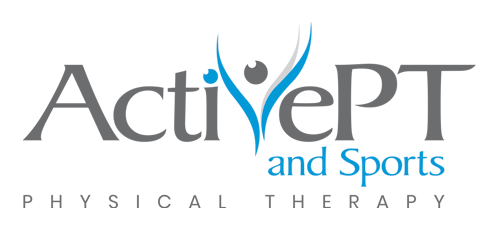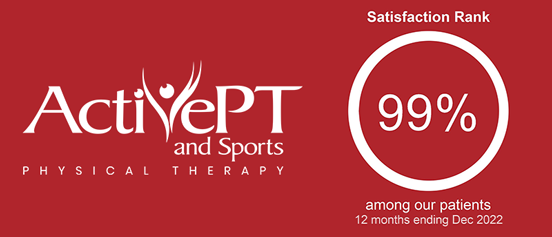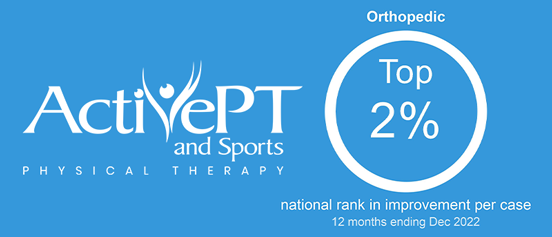Choosing the right shoe for a long-distance race is not easy! If you are planning a half marathon distance race or longer this year, make sure you choose the right shoe.
CHOOSING FOR DISTANCE
Before buying your training shoes, start by defining your goals for this year. What will be your longest distance race or training run? How often will you run? In general, if you are training for a 5k or less, you may be able to sacrifice on price and buy from the clearance rack. But, if you are training for a half marathon distance or more, always buy this year’s model. Paying full price at a run specialty store for the most recent model helps ensure you are buying the cushion of the freshest foam. Your joints will thank you for choosing the right shoe, even though your wallet may not. Expect to pay at least $140 for a pair of quality running shoes with fresh foam. The price typically reflects the age and quality.
BUY NEUTRAL OR STABILITY?
Every major running shoe brand has two distinct lines of shoes: neutral and stability. Within each category, you can buy different levels of quality/support and cushion. Stability can range from “guidance” to “stability” to the extreme support of “motion control” which is often too heavy and bulky for distance runners.
First, determine if you need the control of a stability shoe. Neutral shoes provide great cushion but no added control. Whereas, a stability shoe can slow down your foot as it rolls inward, or overpronates. The amount of support required for each person is different. This measure is very subjective but can be based on the structure of your foot and how your foot hits the ground. While research doesn’t point to a stability shoe as the cure for overpronation, as physical therapists, we often find changing a runner’s shoe can reduce overpronation-related pain. Ideally, you should work with a shoe store than can record your running on a treadmill. Additionally, get evaluated by a physical therapist who specializes in running to help identify other reasons you may overpronate, like poor hip control.
GET THE RIGHT ADVICE WHEN CHOOSING A SHOE
Quality is the first key! The running shoes sold at Kohl’s have very different quality cushions than those sold at run specialty stores like TerraLoco. Ask the associate key questions when you buy your shoes, such as, “how many miles can I expect to get out of this shoe?” Most high-quality, long-distance training shoes will stay resilient for 300 to 500 miles, but a racing flat may only last 150 miles. The appeal of a lightweight racing shoe may fade when you start adding up the cost of buying 3 pairs for one year of marathon training. If your sales associate can’t answer these questions, shop elsewhere.
Second, get shoe recommendations from a medical professional if you suffer from any running-related issues. Our running specialists offer a free shoe assessment to answer your questions about shoe choice based on your goals and your medical issues. Here are a few tips based on medical issues from our running specialists:
BUNIONS: choose a wide toe box without strapping along the big toe
SHIN SPLINTS: if you overpronate, choose a stability shoe
ACHILLES PAIN: choose a shoe with a higher offset or “drop”
METATARSALGIA: choose a shoe with a lower offset or “drop”
BLISTERS: change to a wicking running sock, like Feetures or Smartwool, and have your shoe size rechecked
SHOPPING DAY TIPS
In general, the best running shoe is the shoe that feels the most comfortable on your foot and fits your foot the best. Your shoe should be comfortable and fit well from the start, requiring no breaking-in period. Here are a few additional recommendations when buying new running shoes:
-
- Shop local rather than online to get the best fit
- Choose a running specialty store to get your key questions answered
- Try on shoes late in the day as your feet are largest at the end of the day
- Wear your running socks when trying on shoes
- Make sure you have enough room in the toe box – both width and length – running often requires more room than a normal shoe
To learn recommendations specific to your needs, schedule a free shoe assessment to with one of our running specialists to get answered today. If you are looking to take your running to the next level, check out our running performance packages.




